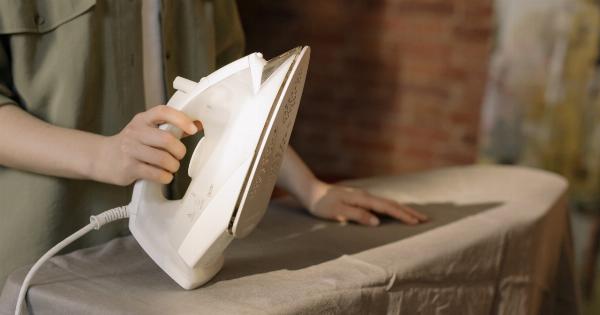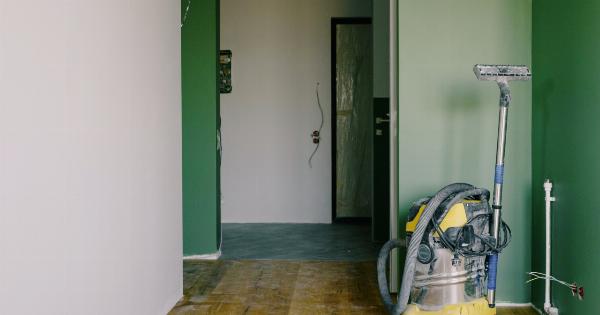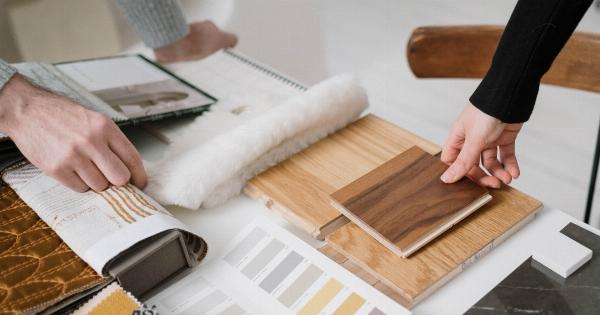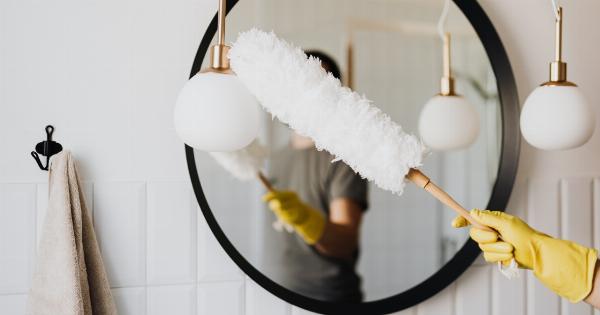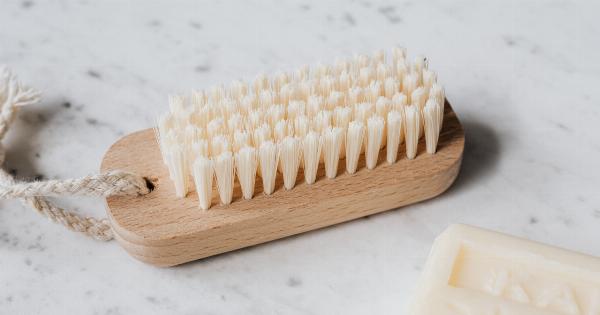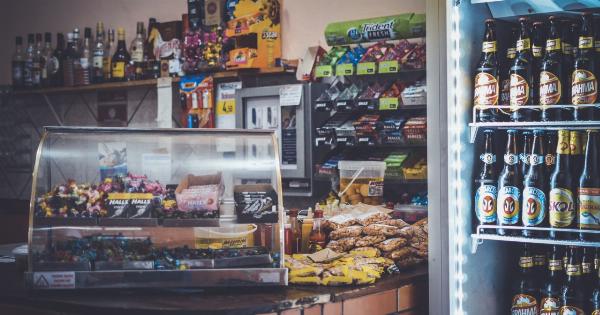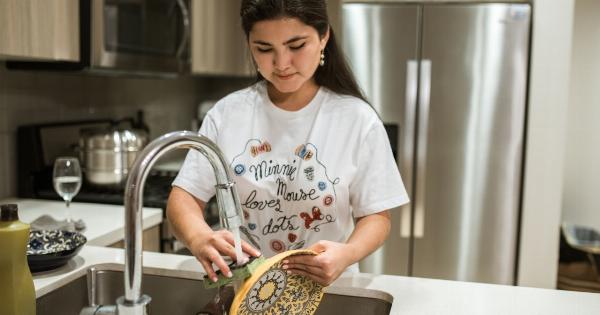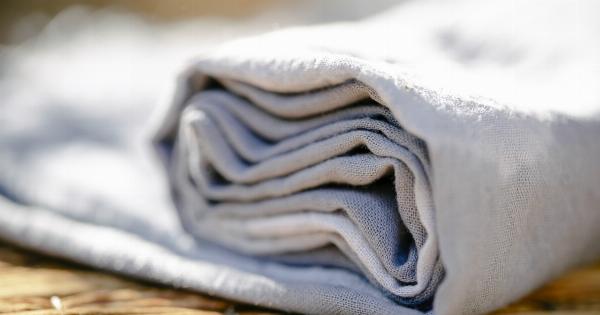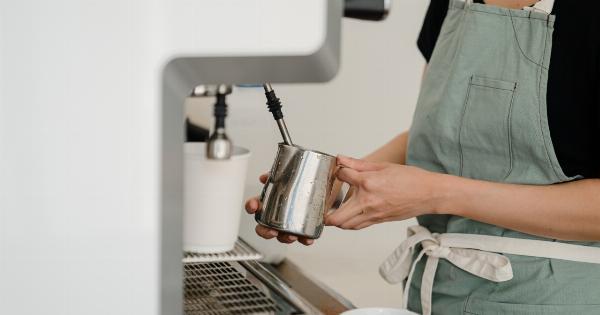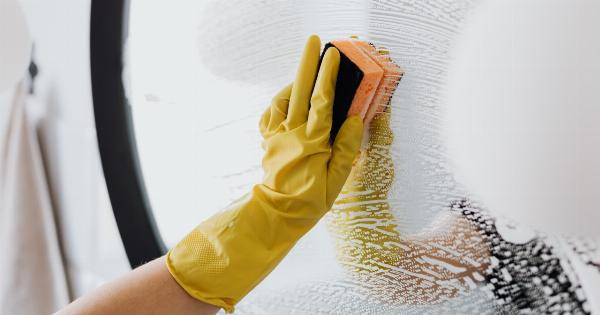Keeping a clean home is not only important for aesthetics but also for your overall health and well-being.
While we may diligently scrub and sanitize surfaces, there are certain items in our homes that harbor more germs and bacteria than we might imagine. In this article, we will uncover the most unsanitary items lurking in your home, shedding light on these dirty secrets that may be compromising your hygiene. It’s time to roll up your sleeves and clean up these hidden culprits!.
The Kitchen Sponge
Your kitchen sponge might seem harmless, but it is one of the dirtiest items in your home. Because sponges are often used to clean up food residue and spills, they become a breeding ground for bacteria, including E. coli and Salmonella.
The warm and damp environment of a sponge creates the perfect conditions for these microorganisms to flourish. To keep your kitchen sponge as clean as possible, make sure to regularly sanitize it by microwaving it for a minute or running it through the dishwasher.
Toothbrush Holder
When was the last time you cleaned your toothbrush holder? Chances are, it has been neglected for far too long. Toothbrush holders provide a cozy home for bacteria, mold, and even fecal matter.
The damp environment allows these germs to multiply and spread to your toothbrushes, which you then unknowingly put into your mouth. Regularly clean your toothbrush holder with warm, soapy water and consider upgrading to a holder that can be disassembled for a thorough cleaning.
Remote Control
While the remote control may seem like a harmless accessory, it is often one of the most neglected items when it comes to cleanliness. Think about how often you use your remote control, and then consider how often you clean it.
Studies have shown that remote controls can harbor cold and flu viruses, as well as bacteria like Staphylococcus. To keep your remote control germ-free, wipe it down regularly with disinfectant wipes or a cloth soaked in a mixture of water and vinegar.
Cell Phones
Our cell phones have become an extension of ourselves, accompanying us wherever we go. Unfortunately, this means that they also accumulate countless germs and bacteria along the way.
Research has found that cell phones can carry up to ten times more bacteria than a toilet seat! With every touch, we transfer these microorganisms from our phones to our hands, faces, and other surfaces. Clean your phone regularly with disinfectant wipes or a cloth dampened with isopropyl alcohol to keep it clean and germ-free.
Reusable Shopping Bags
Reusable shopping bags have gained popularity as a sustainable alternative to single-use plastic bags. While they are great for the environment, they can quickly become a breeding ground for bacteria if not properly cleaned.
Various studies have shown that reusable bags can carry E. coli and other harmful bacteria, which can contaminate our groceries. Be sure to wash your reusable shopping bags regularly, either by throwing them in the washing machine or hand washing them with hot, soapy water.
Bathroom Towels
Your bathroom towels are meant to dry you off after a refreshing shower, but they may also be harboring millions of bacteria. Moisture, warmth, and dead skin cells create an ideal environment for germs to multiply on your towels.
Additionally, research has shown that bathroom towels can also contain fecal matter, particularly if they are located near the toilet. Wash your towels frequently in hot water and avoid sharing towels with others to reduce the risk of spreading harmful bacteria.
Keyboards
If you use a computer regularly, chances are your keyboard is covered in germs and dirt. The spaces between the keys are perfect hiding spots for dust, food particles, and bacteria.
Studies have found that keyboards can be up to five times dirtier than a toilet seat! To keep your keyboard clean, turn it upside down and shake out any loose debris. Then, use compressed air or a cotton swab dipped in isopropyl alcohol to clean between the keys. Regularly disinfect your keyboard to keep it free from germs.
Bed Pillows
We spend countless hours with our heads resting on our pillows, but how often do we clean them? Pillows can accumulate sweat, dead skin cells, and oils over time, providing an ideal breeding ground for dust mites and bacteria.
To keep your pillows clean, wash them every six months or so, following the care instructions on the label. Consider using pillow protectors to create an additional barrier between your pillow and any potential dirt or allergens.
Cutting Boards
Cutting boards are essential tools in the kitchen, but they can also be a hotbed for germs. Whether you use a wooden or plastic cutting board, it is important to clean it thoroughly after each use.
Bacteria from raw meat, poultry, and other foods can linger on the cutting surface and contaminate other ingredients. Wash your cutting boards with hot, soapy water, and periodically disinfect them with a solution of bleach and water.
Kitchen Sink
The kitchen sink is another surprising culprit in our quest for cleanliness. Despite being regularly used for cleaning dishes and utensils, a kitchen sink can harbor more bacteria than a toilet seat.
The moist environment, coupled with food remnants and dirty dishes, creates an ideal breeding ground for germs. Clean your kitchen sink daily with hot, soapy water, and regularly sanitize the drain using a mixture of baking soda and vinegar.
Conclusion
While we may diligently clean and sanitize our homes, certain items often go overlooked, becoming breeding grounds for germs and bacteria.
From the seemingly harmless kitchen sponge to our beloved remote control and even our cell phones, these objects can harbor more contaminants than we might expect. By recognizing these dirty secrets and implementing regular cleaning and disinfection routines, we can create a healthier and safer home environment for ourselves and our loved ones.





